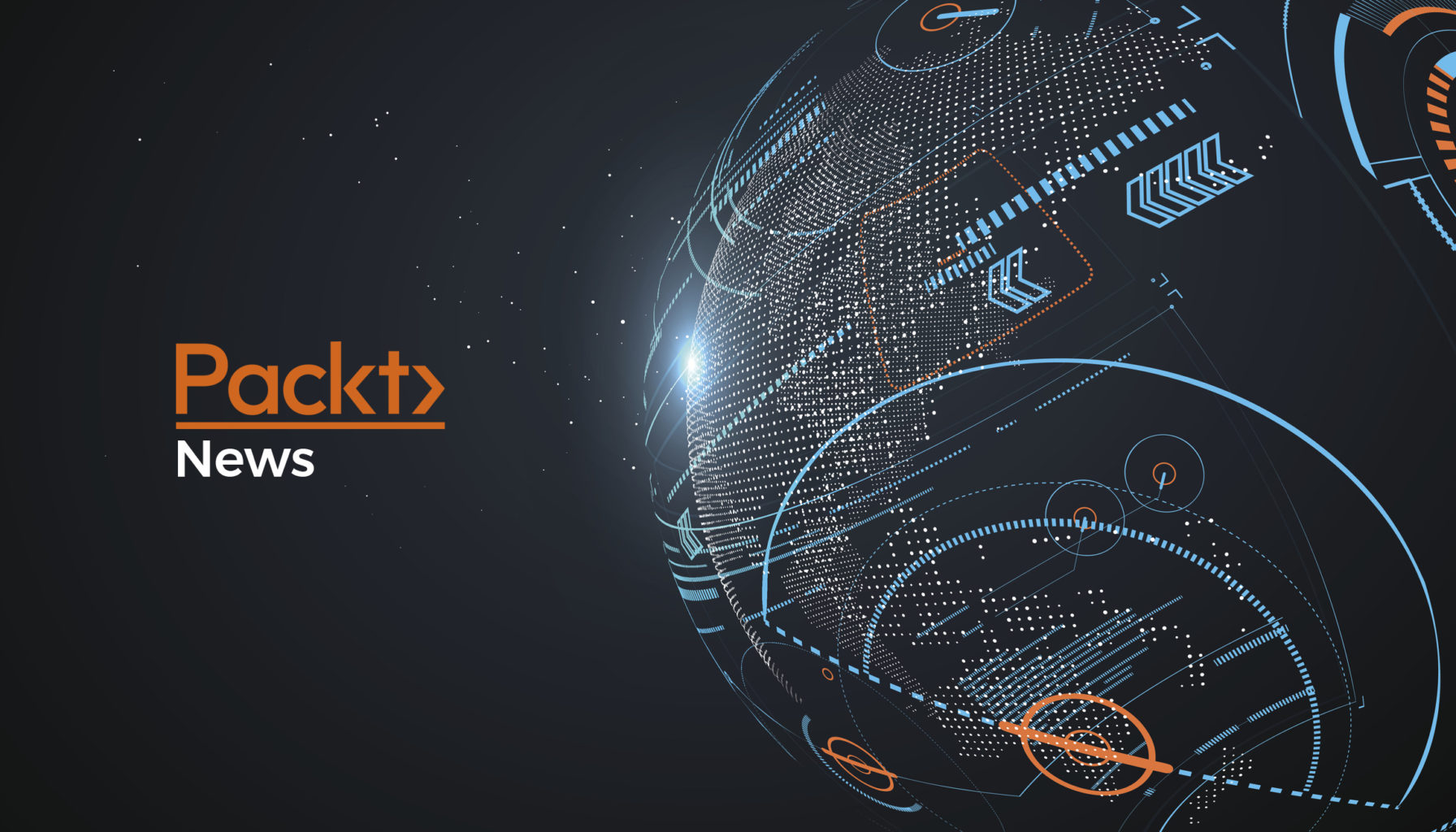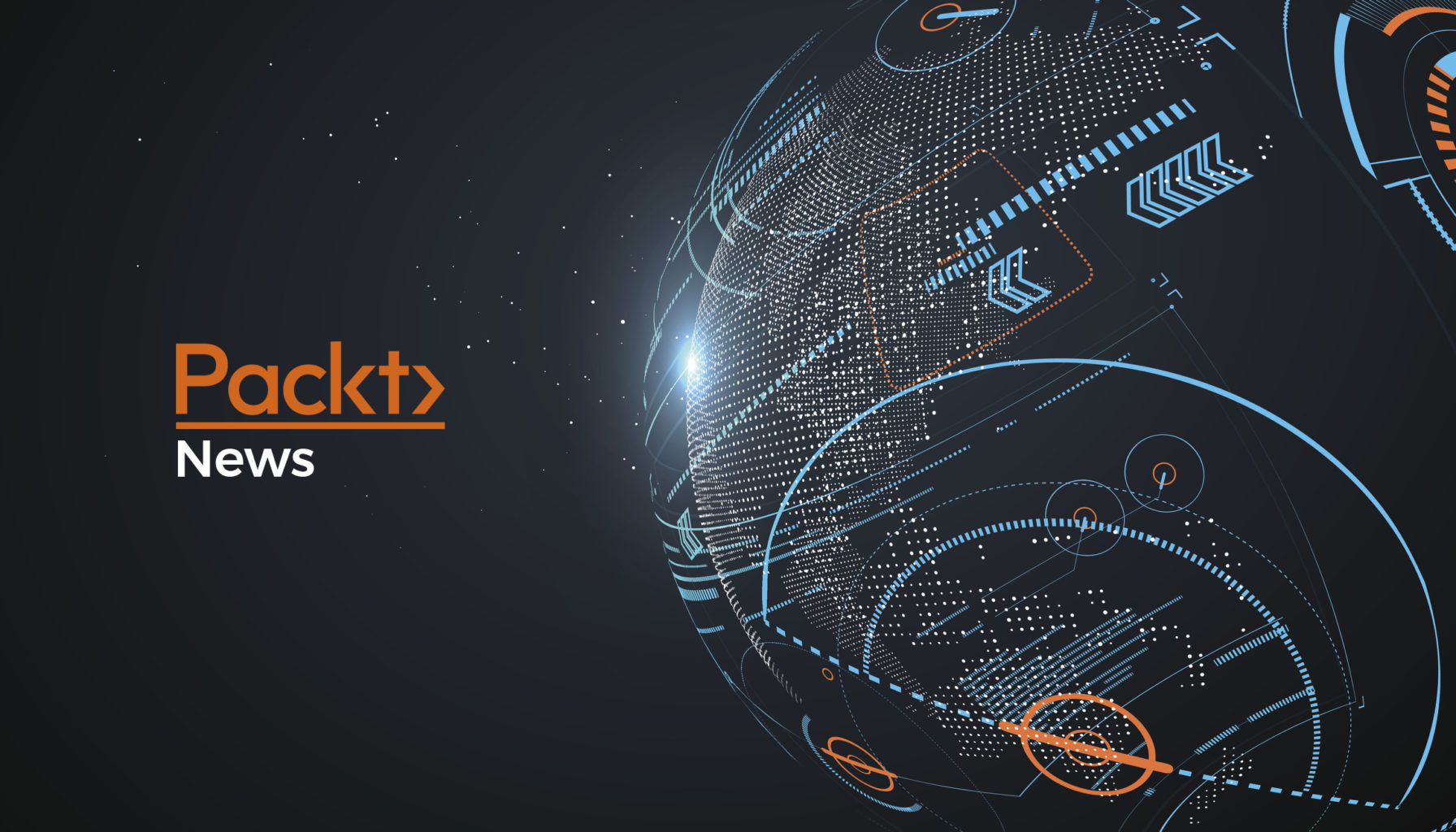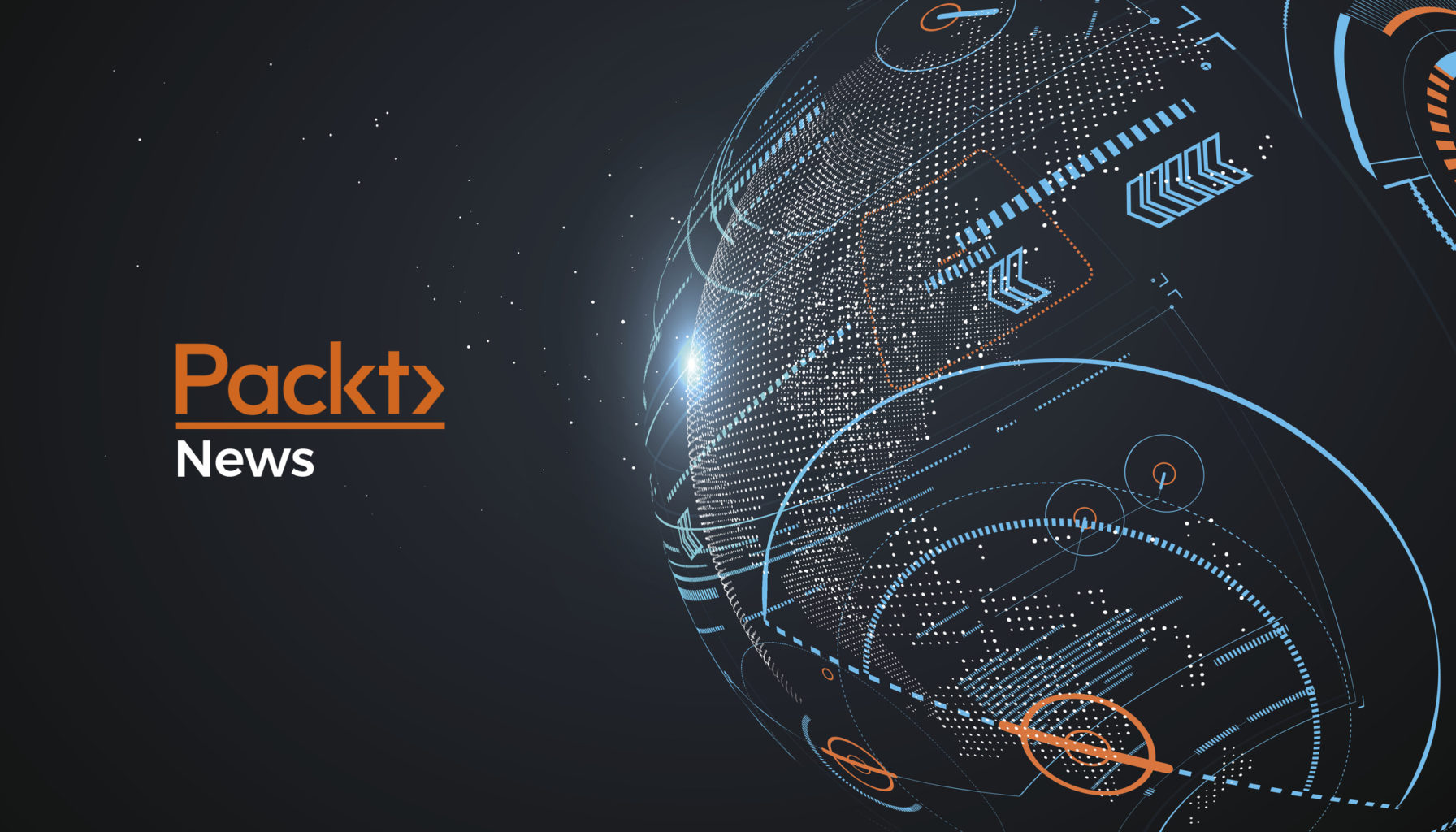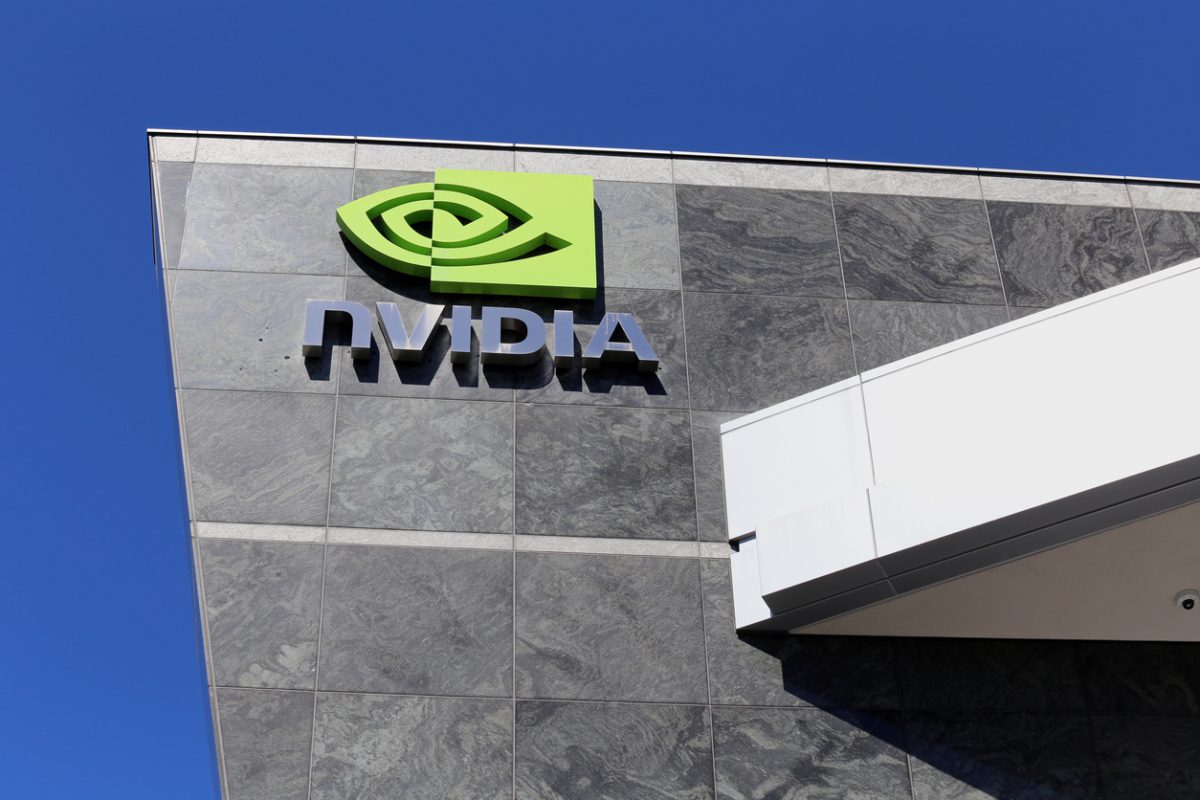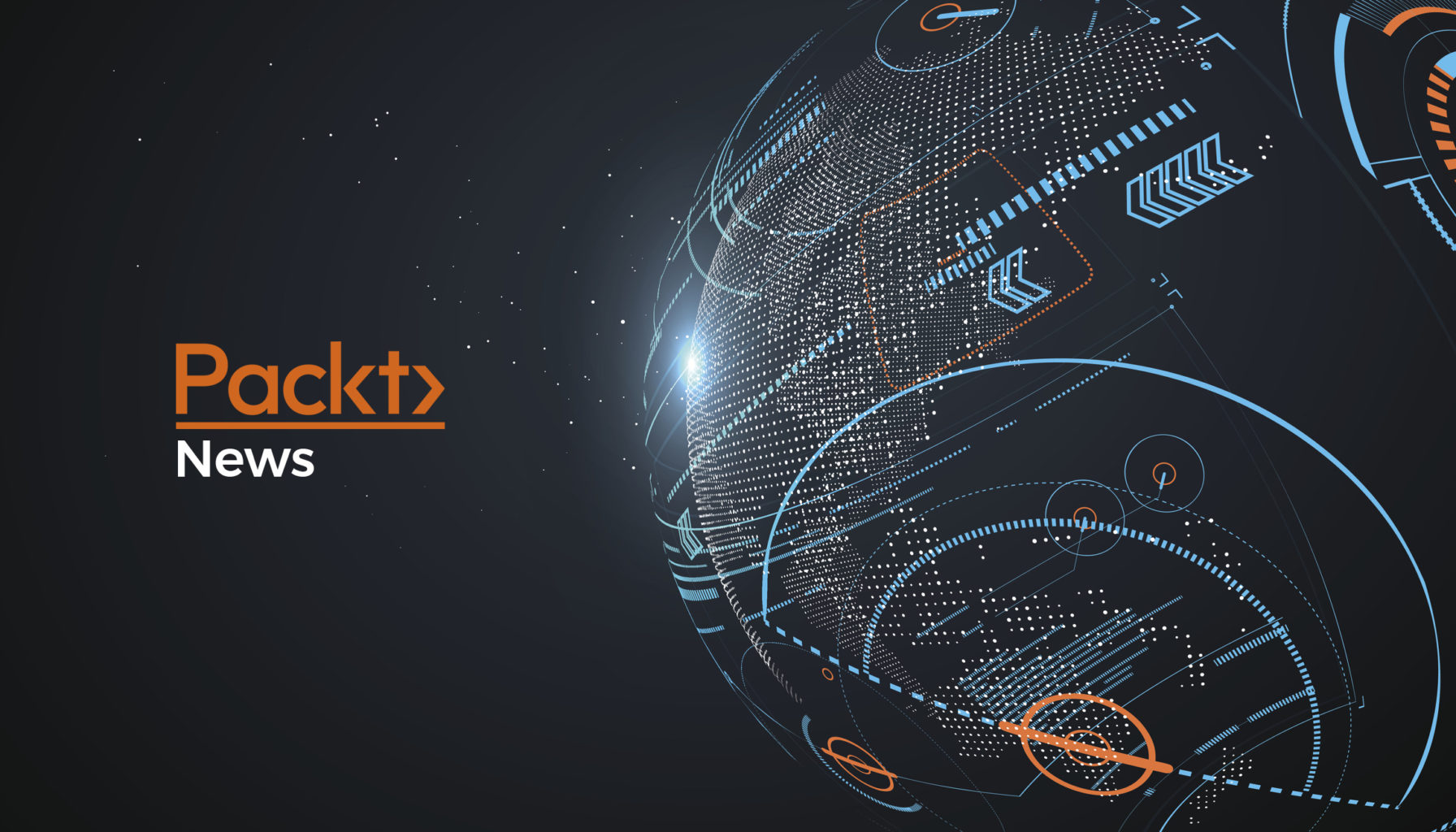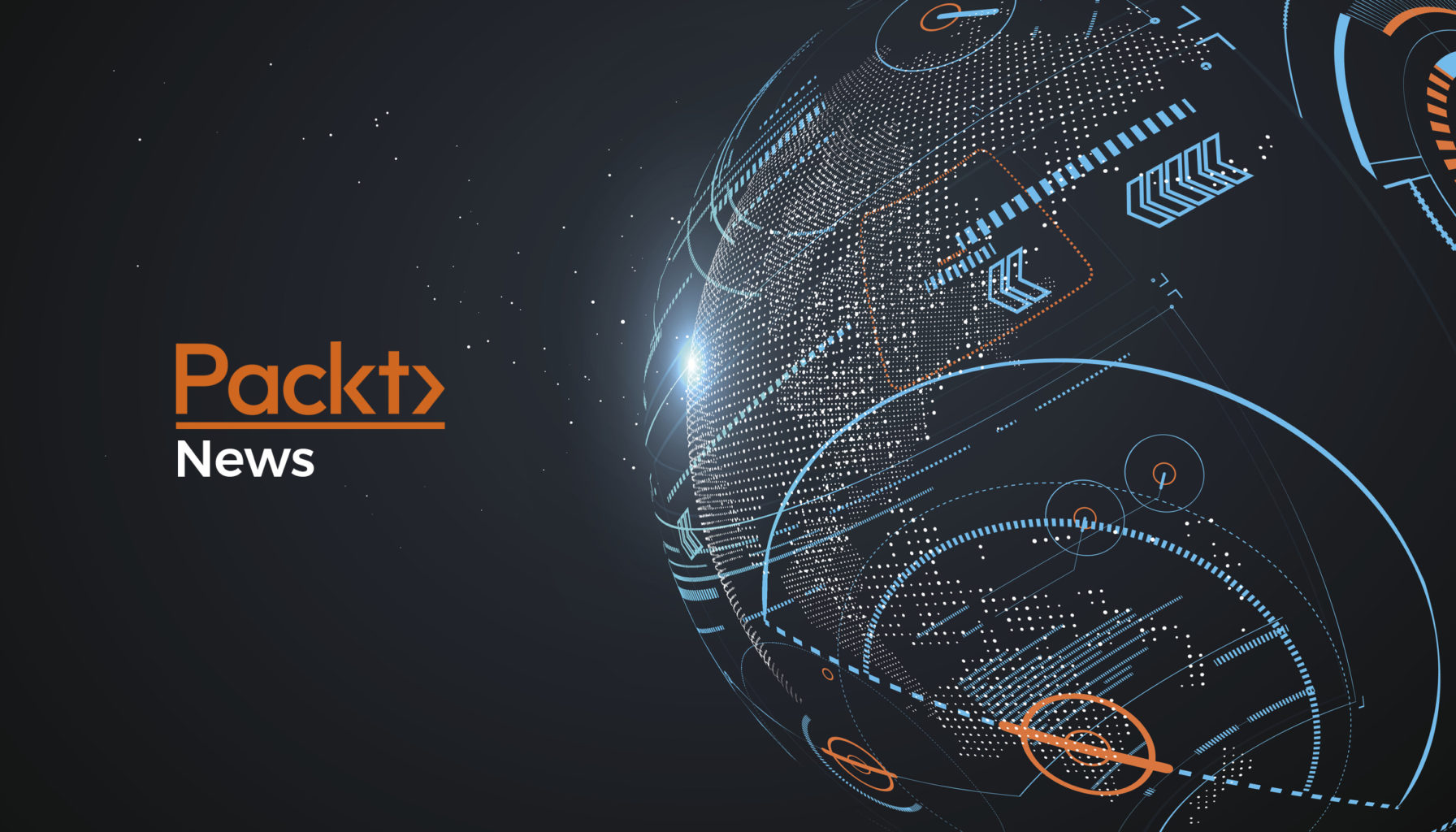PyTorch 0.3.0 has removed stochastic functions, i.e. Variable.reinforce(), citing “limited functionality and broad performance implications.”
The Python package has added a number of performance improvements, new layers, support to ONNX, CUDA 9, cuDNN 7, and “lots of bug fixes” in the new version.
“The motivation for stochastic functions was to avoid book-keeping of sampled values. In practice, users were still book-keeping in their code for various reasons. We constructed an alternative, equally effective API, but did not have a reasonable deprecation path to the new API. Hence this removal is a breaking change,” PyTorch team said.
To replace stochastic functions, they have introduced the torch.distributions package.
So if your previous code looked like this:
probs = policy_network(state)
action = probs.multinomial()
next_state, reward = env.step(action)
action.reinforce(reward)
action.backward()
This could be the new equivalent code:
probs = policy_network(state)
# NOTE: categorical is equivalent to what used to be called multinomial
m = torch.distributions.Categorical(probs)
action = m.sample()
next_state, reward = env.step(action)
loss = -m.log_prob(action) * reward
loss.backward()
What is new in PyTorch 0.3.0?
Unreduced losses
Now, Some loss functions can compute per-sample losses in a mini-batch
By default PyTorch sums losses over the mini-batch and returns a single scalar loss. This was limiting to users.
Now, a subset of loss functions allow specifying reduce=False to return individual losses for each sample in the mini-batch
Example: loss = nn.CrossEntropyLoss(..., reduce=False)
Currently supported losses: MSELoss, NLLLoss, NLLLoss2d, KLDivLoss, CrossEntropyLoss, SmoothL1Loss, L1Loss
More loss functions will be covered in the next release
An in-built Profiler in the autograd engine
PyTorch has built a low-level profiler to help you identify bottlenecks in your models.
Let us start with an example:
>>> x = Variable(torch.randn(1, 1), requires_grad=True)
>>> with torch.autograd.profiler.profile() as prof:
... y = x ** 2
... y.backward()
>>> # NOTE: some columns were removed for brevity
... print(prof)
-------------------------------- ---------- ---------
Name CPU time CUDA time
------------------------------- ---------- ---------
PowConstant 142.036us 0.000us
N5torch8autograd9GraphRootE 63.524us 0.000us
PowConstantBackward 184.228us 0.000us
MulConstant 50.288us 0.000us
PowConstant 28.439us 0.000us
Mul 20.154us 0.000us
N5torch8autograd14AccumulateGradE 13.790us 0.000us
N5torch8autograd5CloneE 4.088us 0.000us
The profiler works for both CPU and CUDA models. For CUDA models, you have to run your python program with a special nvprof prefix. For example:
nvprof --profile-from-start off -o trace_name.prof -- python <your arguments>
# in python
>>> with torch.cuda.profiler.profile():
... model(x) # Warmup CUDA memory allocator and profiler
... with torch.autograd.profiler.emit_nvtx():
... model(x)
Then, you can load trace_name.prof in PyTorch and print a summary profile report.
>>> prof = torch.autograd.profiler.load_nvprof('trace_name.prof')
>>> print(prof)
For additional documentation, you can visit this link.
Higher order gradients
v0.3.0 has added higher-order gradients support for the following layers:
ConvTranspose, AvgPool1d, AvgPool2d, LPPool2d, AvgPool3d, MaxPool1d, MaxPool2d, AdaptiveMaxPool, AdaptiveAvgPool, FractionalMaxPool2d, MaxUnpool1d, MaxUnpool2d, nn.Upsample, ReplicationPad2d, ReplicationPad3d, ReflectionPad2d
PReLU, HardTanh, L1Loss, SoftSign, ELU, RReLU, Hardshrink, Softplus, SoftShrink, LogSigmoid, Softmin, GLU
MSELoss, SmoothL1Loss, KLDivLoss, HingeEmbeddingLoss, SoftMarginLoss, MarginRankingLoss, CrossEntropyLoss
DataParallel
Optimizers
optim.SparseAdam: Implements a lazy version of Adam algorithm suitable for sparse tensors.
(In this variant, only moments that show up in the gradient get updated, and only those portions of the gradient get applied to the parameters.)
Optimizers now have an add_param_group function that lets you add new parameter groups to an already constructed optimizer.
New layers and nn functionality
Added AdpativeMaxPool3d and AdaptiveAvgPool3d
Added LPPool1d
F.pad now has support for:
'reflection' and 'replication' padding on 1d, 2d, 3d signals (so 3D, 4D and 5D Tensors)
constant padding on n-d signals
nn.Upsample now works for 1D signals (i.e. B x C x L Tensors) in nearest and linear modes.
Allow user to not specify certain input dimensions for AdaptivePool*d and infer them at runtime.
For example:
# target output size of 10x7
m = nn.AdaptiveMaxPool2d((None, 7))
DataParallel container on CPU is now a no-op (instead of erroring out)
New Tensor functions and features
Introduced torch.erf and torch.erfinv that compute the error function and the inverse error function of each element in the Tensor.
Adds broadcasting support to bitwise operators
Added Tensor.put_ and torch.take similar to numpy.take and numpy.put.
The take function allows you to linearly index into a tensor without viewing it as a 1D tensor
first. The output has the same shape as the indices.
The put function copies value into a tensor also using linear indices.
Adds zeros and zeros_like for sparse Tensors.
1-element Tensors can now be casted to Python scalars. For example: int(torch.Tensor([5]))works now.
Other additions
Added torch.cuda.get_device_name and torch.cuda.get_device_capability that do what the names say. Example:
>>> torch.cuda.get_device_name(0)
'Quadro GP100'
>>> torch.cuda.get_device_capability(0)
(6, 0)
If one sets torch.backends.cudnn.deterministic = True, then the CuDNN convolutions use deterministic algorithms
torch.cuda_get_rng_state_all and torch.cuda_set_rng_state_all are introduced to let you save / load the state of the random number generator over all GPUs at once
torch.cuda.emptyCache() frees the cached memory blocks in PyTorch's caching allocator. This is useful when having long-running ipython notebooks while sharing the GPU with other processes.
API changes
softmax and log_softmax now take a dim argument that specifies the dimension in which slices are taken for the softmax operation. dim allows negative dimensions as well (dim = -1 will be the last dimension)
torch.potrf (Cholesky decomposition) is now differentiable and defined on Variable
Remove all instances of device_id and replace it with device, to make things consistent
torch.autograd.grad now allows you to specify inputs that are unused in the autograd graph if you use allow_unused=True
This gets useful when using torch.autograd.grad in large graphs with lists of inputs / outputs
For example:
x, y = Variable(...), Variable(...)
torch.autograd.grad(x * 2, [x, y]) # errors
torch.autograd.grad(x * 2, [x, y], allow_unused=True) # works
pad_packed_sequence now allows a padding_value argument that can be used instead of zero-padding
Dataset now has a + operator (which uses ConcatDataset). You can do something like MNIST(...) + FashionMNIST(...) for example, and you will get a concatenated dataset containing samples from both.
torch.distributed.recv allows Tensors to be received from any sender (hence, src is optional). recv returns the rank of the sender.
adds zero_() to Variable
Variable.shape returns the size of the Tensor (now made consistent with Tensor)
torch.version.cuda specifies the CUDA version that PyTorch was compiled with
Added a missing function random_ for CUDA.
torch.load and torch.save can now take a pathlib.Path object, which is a standard Python3 typed filepath object
If you want to load a model's state_dict into another model (for example to fine-tune a pre-trained network), load_state_dict was strict on matching the key names of the parameters. Now Pytorch provides a strict=False option to load_state_dict where it only loads in parameters where the keys match, and ignores the other parameter keys.
added nn.functional.embedding_bag that is equivalent to nn.EmbeddingBag
Performance Improvements
The overhead of torch functions on Variables was around 10 microseconds. This has been brought down to ~1.5 microseconds by moving most of the core autograd formulas into C++ using ATen library.
softmax and log_softmax are now 4x to 256x faster on the GPU after rewriting the gpu kernels
2.5x to 3x performance improvement of the distributed AllReduce (gloo backend) by enabling GPUDirect
nn.Embedding's renorm option is much faster on the GPU. For embedding dimensions of 100k x 128 and a batch size of 1024, it is 33x faster.
All pointwise ops now use OpenMP and get multi-core CPU benefits
Added a single-argument version of torch.arange. For example torch.arange(10)
Framework Interoperability
DLPack Interoperability
DLPack Tensors are cross-framework Tensor formats. We now have torch.utils.to_dlpack(x) and torch.utils.from_dlpack(x) to convert between DLPack and torch Tensor formats. The conversion has zero memory copy and hence is very efficient.
Model exporter to ONNX
ONNX is a common model interchange format that can be executed in Caffe2, CoreML, CNTK, MXNet, and Tensorflow at the moment. PyTorch models that are ConvNet-like and RNN-like (static graphs) can now be shipped to the ONNX format.
There is a new module torch.onnx (http://pytorch.org/docs/0.3.0/onnx.html) which provides the API for exporting ONNX models.
The operations supported in this release are:
add, sub (nonzero alpha not supported), mul, div, cat, mm, addmm, neg, tanh, sigmoid, mean, t, transpose, view, split, squeeze
expand (only when used before a broadcasting ONNX operator; e.g., add)
prelu (single weight shared among input channels not supported)
threshold (non-zero threshold/non-zero value not supported)
Conv, ConvTranspose, BatchNorm, MaxPool, RNN, Dropout, ConstantPadNd, Negate
elu, leaky_relu, glu, softmax, log_softmax, avg_pool2d
unfold (experimental support with ATen-Caffe2 integration)
Embedding (no optional arguments supported)
RNN
FeatureDropout (training mode not supported)
Index (constant integer and tuple indices supported)
Usability Improvements
More cogent error messages during indexing of Tensors / Variables
Breaking changes
Add proper error message for specifying dimension on a tensor with no dimensions
better error messages for Conv*d input shape checking
More user-friendly error messages for LongTensor indexing
Better error messages and argument checking for Conv*d routines
Trying to construct a Tensor from a Variable fails more appropriately
If you are using a PyTorch binary with insufficient CUDA version, then a warning is printed to the user.
Fixed incoherent error messages in load_state_dict
Fix error message for type mismatches with sparse tensors
Bug fixes
torch
Fix CUDA lazy initialization to not trigger on calls to torch.manual_seed (instead, the calls are queued and run when CUDA is initialized)
Tensor
if x is 2D, x[[0, 3],] was needed to trigger advanced indexing. The trailing comma is no longer needed, and you can do x[[0, 3]]
x.sort(descending=True) used to incorrectly fail for Tensors. Fixed a bug in the argument checking logic to allow this.
Tensor constructors with numpy input: torch.DoubleTensor(np.array([0,1,2], dtype=np.float32))
torch will now copy the contents of the array in a storage of appropriate type.
If types match, it will share the underlying array (no-copy), with equivalent semantics to initializing a tensor with another tensor.
On CUDA, torch.cuda.FloatTensor(np.random.rand(10,2).astype(np.float32)) will now work by making a copy.
ones_like and zeros_like now create Tensors on the same device as the original Tensor
expand and expand_as allow expanding an empty Tensor to another empty Tensor
torch.HalfTensor supports numpy() and torch.from_numpy
Added additional size checking for torch.scatter
Fixed random_ on CPU (which previously had a max value of 2^32) for DoubleTensor and LongTensor
Fix ZeroDivisionError: float division by zero when printing certain Tensors
torch.gels when m > n had a truncation bug on the CPU and returned incorrect results. Fixed.
Added a check in tensor.numpy() that checks if no positional arguments are passed
Before a Tensor is moved to CUDA pinned memory, added a check to ensure that it is contiguous
Fix symeig on CUDA for large matrices. The bug is that not enough space was being allocated for the workspace, causing some undefined behavior.
Improved the numerical stability of torch.var and torch.std by using Welford's algorithm
The Random Number Generator returned uniform samples with inconsistent bounds (inconsistency in cpu implementation and running into a cublas bug).
Now, all uniform sampled numbers will return within the bounds [0, 1), across all types and devices
Fixed torch.svd to not segfault on large CUDA Tensors (fixed an overflow error in the magma bindings)
Allows empty index Tensor for index_select (instead of erroring out)
Previously when eigenvector=False, symeig returned some unknown value for the eigenvectors. Now this is corrected.
sparse
Fix bug with 'coalesced' calculation in sparse 'cadd'
Fixes .type() not converting indices tensor.
Fixes sparse tensor coalesce on the GPU in corner cases
autograd
Fixed crashes when calling backwards on leaf variable with requires_grad=False
fix bug on Variable type() around non-default GPU input.
when torch.norm returned 0.0, the gradient was NaN. We now use the subgradient at 0.0, so the gradient is 0.0.
Fix an correctness issue with advanced indexing and higher-order gradients
torch.prod's backward was failing on the GPU due to a type error, fixed.
Advanced Indexing on Variables now allows the index to be a LongTensor backed Variable
Variable.cuda() and Tensor.cuda() are consistent in kwargs options
optim
torch.optim.lr_scheduler is now imported by default.
nn
Returning a dictionary from a nn.Module's forward function is now supported (used to throw an error)
When register_buffer("foo", ...) is called, and self.foo already exists, then instead of silently failing, now raises a KeyError
Fixed loading of older checkpoints of RNN/LSTM which were missing _data_ptrs attributes.
nn.Embedding had a hard error when using the max_norm option. This is fixed now.
when using the max_norm option, the passed-in indices are written upon (by the underlying implementation). To fix this, pass a clone of the indices to the renorm kernel.
F.affine_grid now can take non-contiguous inputs
EmbeddingBag can accept both 1D and 2D inputs now.
Workaround a CuDNN bug where batch sizes greater than 131070 fail in CuDNN BatchNorm
fix nn.init.orthogonal to correctly return orthonormal vectors when rows < cols
if BatchNorm has only 1 value per channel in total, raise an error in training mode.
Make cuDNN bindings respect the current cuda stream (previously raised incoherent error)
fix grid_sample backward when gradOutput is a zero-strided Tensor
Fix a segmentation fault when reflection padding is out of Tensor bounds.
If LogSoftmax has only 1 element, -inf was returned. Now this correctly returns 0.0
Fix pack_padded_sequence to accept inputs of arbitrary sizes (not just 3D inputs)
Fixed ELU higher order gradients when applied in-place
Prevent numerical issues with poisson_nll_loss when log_input=False by adding a small epsilon
distributed and multi-gpu
Allow kwargs-only inputs to DataParallel. This used to fail: n = nn.DataParallel(Net()); out = n(input=i)
DistributedDataParallel calculates num_samples correctly in python2
Fix the case of DistributedDataParallel when 1-GPU per process is used.
Allow some params to be requires_grad=False in DistributedDataParallel
Fixed DataParallel to specify GPUs that don't include GPU-0
DistributedDataParallel's exit doesn't error out anymore, the daemon flag is set.
Fix a bug in DistributedDataParallel in the case when model has no buffers (previously raised incoherent error)
Fix __get_state__ to be functional in DistributedDataParallel (was returning nothing)
Fix a deadlock in the NCCL bindings when GIL and CudaFreeMutex were starving each other
Among other fixes,model.zoo.load_url now first attempts to use the requests library if available, and then falls back to urllib.
To download the source code, click here.
Read more
 United States
United States
 Great Britain
Great Britain
 India
India
 Germany
Germany
 France
France
 Canada
Canada
 Russia
Russia
 Spain
Spain
 Brazil
Brazil
 Australia
Australia
 South Africa
South Africa
 Thailand
Thailand
 Ukraine
Ukraine
 Switzerland
Switzerland
 Slovakia
Slovakia
 Luxembourg
Luxembourg
 Hungary
Hungary
 Romania
Romania
 Denmark
Denmark
 Ireland
Ireland
 Estonia
Estonia
 Belgium
Belgium
 Italy
Italy
 Finland
Finland
 Cyprus
Cyprus
 Lithuania
Lithuania
 Latvia
Latvia
 Malta
Malta
 Netherlands
Netherlands
 Portugal
Portugal
 Slovenia
Slovenia
 Sweden
Sweden
 Argentina
Argentina
 Colombia
Colombia
 Ecuador
Ecuador
 Indonesia
Indonesia
 Mexico
Mexico
 New Zealand
New Zealand
 Norway
Norway
 South Korea
South Korea
 Taiwan
Taiwan
 Turkey
Turkey
 Czechia
Czechia
 Austria
Austria
 Greece
Greece
 Isle of Man
Isle of Man
 Bulgaria
Bulgaria
 Japan
Japan
 Philippines
Philippines
 Poland
Poland
 Singapore
Singapore
 Egypt
Egypt
 Chile
Chile
 Malaysia
Malaysia


